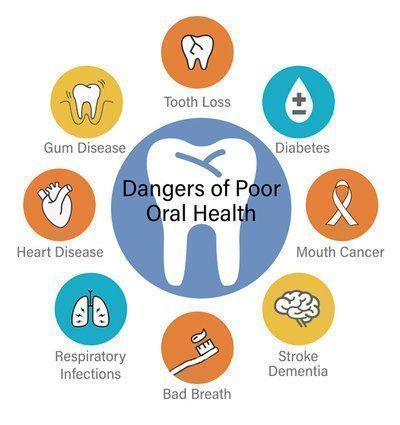Research: smoking reduces male fertility and interferes with assisted reproduction
These are the results of the study conducted by the group of Professor Carlo Foresta, director of the Andrology and Reproductive Medicine Unit at the University of Padua. Cigarette smoke is a source of heavy metals: discovered how smoking would contribute to the development of male infertility using scanning electron microscopy coupled with X-ray scattering analysis.
Research findings
Research findings developed by the team of researchers at the University of Padua confirm those already available that exposure to cigarette smoke alters fertility in males in addition to producing diseases such as diabetes and cardiovascular disease. The toxic effect on fertility could be partly related to the presence of Cadmium in cigarettes, as well as other heavy metals (lead, copper, arsenic, mercury).
The experimental study developed by the research group coordinated by prof. Carlo Foresta and Dr. Luca De Toni focused primarily on the adverse effects of cadmium on human fertility on the.
High levels of this heavy metal are found in chronic smokers, as well as in working environments such as processing plants or mining deposits, and in those who reside in particularly polluted areas.
Research findings have shown that cadmium has a direct toxic action on spermatozoa, altering their motility and viability when incubated at concentrations comparable to those found in smokers, as also demonstrated by studies by Prof. Rosario Pivonello of the Federico II University of Naples.
Experimental research, through the use of scanning electron microscopy methods combined with X-ray scattering analysis, has identified cadmium binding sites on specific portions of the sperm cell membrane. Interaction between cadmium and the sperm membrane alters its mechanisms that regulate motility.
Results important for understanding reduced fertility
The Padua researchers consider these results important for understanding the reduced fertility of cadmium-exposed individuals, but more importantly they point out how cadmium, stably attached to spermatozoa, can be inoculated into the cytoplasm of the oocyte in in vitro fertilization techniques, thus introducing a destabilizing element for the development of the embryo. This hypothesis is strongly supported by epidemiological observations reporting reduced fertility and increased miscarriage rates in couples residing in areas polluted by cadmium.



